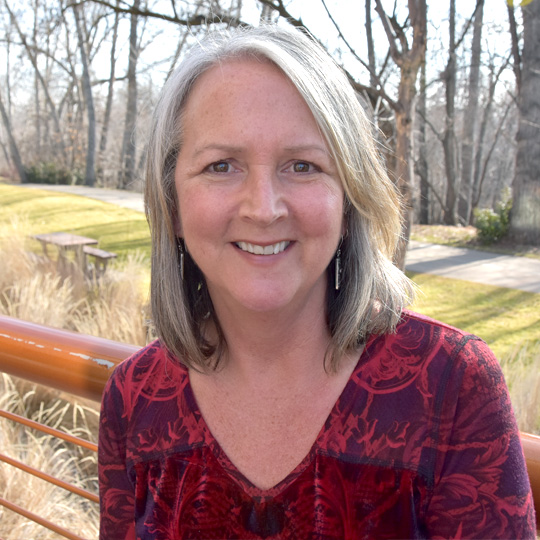St. Luke’s NICUs Achieve 98.6% Overall Survival Rate

St. Luke’s three Newborn Intensive Care Units continue to improve survivability and long-term health for more than 800 premature or sick infants each year. The overall survival rate is 98.6 percent as of 2012, the latest data available.
Natalie and Cory Dalos say they feel fortunate that such a vital resource was close at hand when their daughter Kimberly arrived nearly nine weeks early.
Natalie was seven months pregnant when she felt her previously active baby stop moving. She called her doctor’s office, and was told to go immediately to Labor and Delivery at St. Luke’s Boise. The baby’s heart rate was dropping, and Natalie was rushed to an emergency C-section.
It turned out that the umbilical cord was wrapped around the baby’s neck. More critically, however, the cord was kinked so she wasn’t getting enough blood or oxygen. Kimberly was born barely breathing, and very anemic.
She was taken immediately to the Newborn Intensive Care Unit (NICU). She was placed on a ventilator, and had two blood transfusions. She had an infection, and there was concern about brain damage due to lack of oxygen.
“It was one thing after another,” Natalie said. “It was scary, but we always felt informed about what was going on. The nursing staff was always so kind, they just cared for her, and for us.”
As soon as Kimberly came off the ventilator, Natalie and Cory began “skin-to-skin” care, taking turns holding the baby on their chests throughout the day. She quickly began to improve. After five weeks in the NICU, Kimberly got to go home. Today’s she’s a healthy 1-year-old with no lasting effects of her premature birth.
In recognition of World Prematurity Day on November 17, St. Luke’s neonatology teams are calling attention to the medical advances and innovations in care that have led to successful outcomes for newborns like Kimberly.
Approximately 15 million babies are born preterm each year—about one in 10 of all babies born worldwide. World Prematurity Day raises awareness about premature birth, including prevention, treatment, and the effects on infants and their families.
“One of the most important things we can offer parents is hope,” says Dr. Scott Snyder, St. Luke’s Neonatology Medical Director. “There’s so much we can do for infants today, things we couldn’t do even a few years ago. These include advanced treatments such as therapeutic hypothermia for birth asphyxia and non-invasive ventilation.”
Babies born prematurely in southern Idaho, eastern Oregon, or northern Nevada can rely on a highly trained and experienced neonatology group who provides care at St. Luke’s three NICUs. “Our Boise NICU is the largest, most advanced in the region, and the only one with in-house neonatologists 24/7,” Dr. Snyder says. “And our Level 2 NICUs in Meridian and Twin Falls are staffed by members of the same neonatology group, who are onsite or on-call 24/7.
“Even though our Meridian and Magic Valley units are smaller and more remote, we can care for babies as young as 32 weeks gestation (about 7 months) and treat many mild to moderate conditions such as difficulty breathing and the need for IV fluids or feeding assistance,” Dr. Snyder continues. “And our Magic Valley NICU is a brand new unit, with 18 beds and state-of-the-art equipment and technology. This unit is in the process of transitioning to a Level 3 NICU, which will allow care for babies as early as 28 weeks in the coming months.”
All three NICUs are supported by St. Luke’s Children’s Hospital and a wide range of pediatric subspecialists, as well as our Maternal Fetal Medicine physicians and the specially trained Maternal-Child Transport Team. All are critically important components, especially in light of the fact that St. Luke’s is one of the most remote children’s hospitals in the U.S.
“We don’t really know why most premature births occur,” Dr. Snyder says. “The strongest predictors are previous premature births, a family history of premature births, previous health issues, and of course, a multiple pregnancy of twins or more.”
Natalie’s keen awareness of her baby’s lack of movement and her quick action to get to the hospital saved Kimberly’s life, but there was nothing she could have done to prevent the problem with the cord from happening in the first place. There are, however, measures parents can take that can help prevent premature birth from other causes, Dr. Snyder says.
These include early prenatal care, a close relationship with a doctor or certified nurse-midwife, a healthy weight, managing issues such as maternal hypertension and diabetes, and a healthy lifestyle: good nutrition, regular exercise, no smoking or illegal drugs, and talking with your doctor about any prescription or over-the-counter drugs, including herbs and supplements.
About The Author

Anna Fritz is a writer and editor with St. Luke’s Communications and Marketing.


